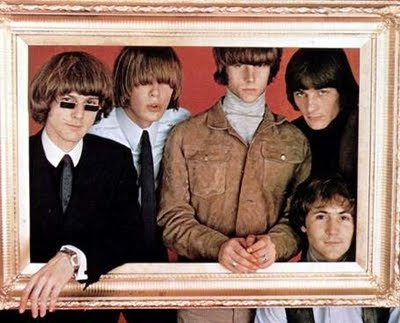

Again, no trace of poison is found in his glass but a mortuary report confirms that Strange was poisoned and this time motives seem plentiful. Poirot and Charles travel from Monte Carlo to Strange's home in Yorkshire where Charles is determined to solve his friend's death and to impress Egg. But weeks later Sir Bartholomew Strange chokes to death at a dinner party he is hosting with many of the same guests. There seems to be no motive for murder and as Poirot predicts, no trace of poison is found in the Reverend's glass. With the exception of Sir Charles's doctor friend Sir Bartholomew Strange and the enigmatic Miss Egg Lytton Gore any one of the eclectic mix of guests might have taken the glass - the inquisitive playwright, vulnerable ex-jockey, celebrated dressmaker, faithful housekeeper or young suitor of Miss Lytton Gore's. When an amiable local Reverend chokes to death on his cocktail Poirot cannot see how murder can have been committed. Poirot visits Cornwall to attend a dinner hosted by his friend, the retired actor Sir Charles Cartwright. HISTORY DETECTIVES host Tukufu Zuberi travels to Austin, Texas and to the Smithsonian's National Air and Space Museum in Washington, DC, to learn whether this souvenir is a missing piece of a secret weapon. mainland due to enemy action during World War II. The balloon bombs caused the only fatalities on the U.S. The existence and purpose of the balloon bombs were kept secret from the American public for security reasons, until a tragic accident forced a change in policy. More than 9,000 of these incendiary weapons were launched from Japan during the war via the jet stream with the intention of causing mass disruption and forest fires in the American West. The alleged balloon scrap could be evidence of a unique weapon in modern warfare: the Japanese balloon bomb.

Japanese Balloon Bomb - The granddaughter of a World War II veteran from Austin, Texas, has a wartime memento with a note claiming it's a piece of Japanese balloon that floated across the Pacific Ocean in 1945. HISTORY DETECTIVES host Wes Cowan sets out to discover whether the artist painted this portrait of Washington from life, and to uncover its surprising connection to the little-known abolitionists and patriot White Matlack.

New York, 1790." The historic tavern and museum sits just steps away from the old City Hall building on Wall Street where George Washington took his oath of office in 1789. Washington." On the back of the portrait, he found the inscription, "Property of White Matlack. George Washington Miniature - A Greenville, Ohio, man was sorting through documents stored above one of Manhattan's first taverns when he stumbled across a miniature color painting of a man in profile labeled "G. HISTORY DETECTIVES host Elyse Luray travels to Oregon, San Francisco and Chicago to find out whether any of these studies became murals and if any of Streat's murals still exist. The contributor thinks they could have been intended for school walls. The color illustrations depict contributions of African Americans in the fields of medicine, transportation and industry. She believes they were mural studies commissioned by the WPA in the 1930s or 1940s. WPA Mural Studies - When a Bend, Oregon, woman inherited six large paintings created by her aunt, Thelma Johnson Streat, she believed she'd been given a special window into American history.


 0 kommentar(er)
0 kommentar(er)
